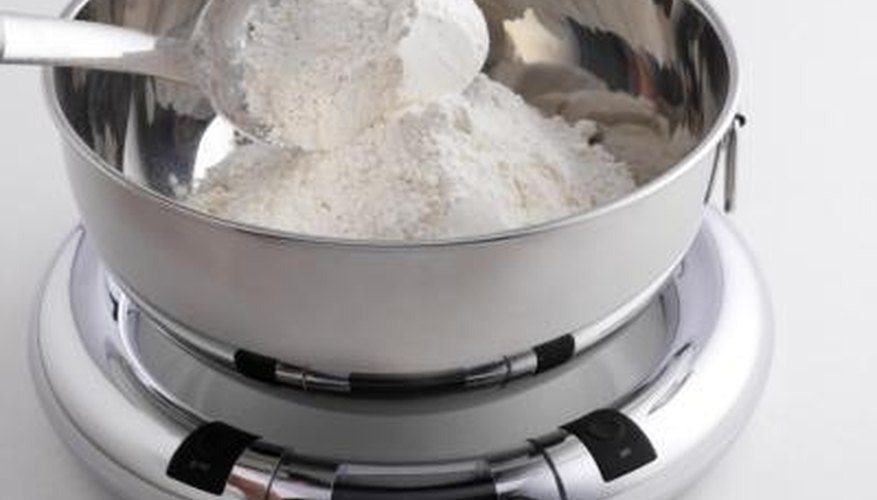A by-product of winemaking, tartaric acid serves in many capacities in the baking world. Known best in the kitchen as cream of tartar, tartaric acid stabilises egg whites in meringues, activates the baking soda in baking powder, and helps create smoother icings and syrups by preventing the crystallisation of sugar. However, as does any product, tartaric acid has disadvantages as well.
It's Expensive
While both tartaric acid and citric acid may be used to provide a tangy or sour flavour to foods such as jams or juices, citric acid is considerably less expensive to produce.
It's Toxic
Tartaric acid is a muscle toxin that can cause paralysis --- even death --- when ingested in large quantities. For human beings, as little as 12 grams can prove to be a fatal dose.
- A by-product of winemaking, tartaric acid serves in many capacities in the baking world.
- Tartaric acid is a muscle toxin that can cause paralysis --- even death --- when ingested in large quantities.
It's Linked to Diseases
High levels of tartaric acid in the body have been linked to autism and fibromyalgia. While there is no evidence that tartaric acid causes these conditions, there have been measurements of elevated levels of tartaric acid in the systems of those suffering from both diseases.
It's Difficult to Replace
Despite its toxicity, tartaric acid continues to be a common ingredient due to the difficulty in finding an optimal substitute. While citric acid stands in for its use as a sour or tangy flavour contribution, there is no ideal substitute for its uses in the kitchen in the form of cream of tartar.
